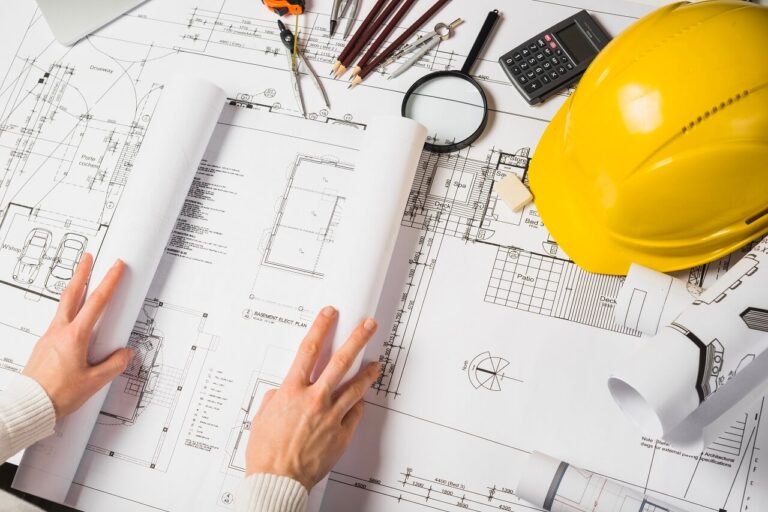Thinking about building something new – your dream home, a boutique office, or a mixed-use development? Great. But if you’re starting that project in 2025 and sustainability isn’t part of the plan from the beginning, you’re already behind.
Today, building green is not some optional trend or feel-good bonus. It’s a requirement – increasingly backed by stricter building codes, market demand, and climate realities.
We’re not just talking about slapping solar panels on the roof. Sustainability in construction starts before a single shovel hits the dirt.
It begins with evaluating your land for drainage and solar access, understanding your region’s environmental risks, choosing the right team with modern design principles, and navigating a maze of permitting laws that often differ from one zip code to the next.
What’s more, the materials you pick matter. Energy-hungry buildings made from outdated resources won’t cut it anymore – not financially, not environmentally, and certainly not legally in many jurisdictions.
From high-efficiency systems to recycled and low-VOC materials, your choices during planning will affect everything: your timeline, your budget, and the long-term performance of the structure.
Why Building Green Is No Longer Optional
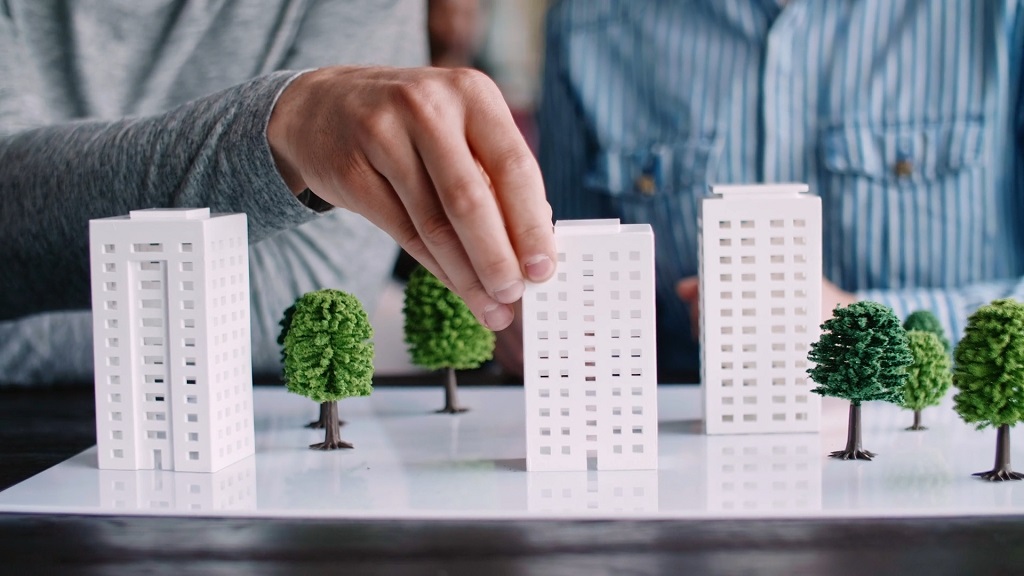
Across the United States – and globally – the effects of climate change are no longer abstract predictions. They’re visible in real time: neighborhoods flooding from rising sea levels, homes damaged by increasingly intense hurricanes and wildfires, and electrical grids under extreme stress during heat waves or winter storms.
These events aren’t just environmental – they’re deeply tied to how we build.
Traditional construction methods, which often prioritize speed and short-term savings, are part of the problem. Buildings account for nearly 40% of global carbon emissions when you factor in both construction and ongoing energy use.
So, when it comes to construction, there’s no time for shortcuts. It’s time to place increasing emphasis on:
- Storm-resilient infrastructure
- Energy-efficient HVAC and insulation systems
- Use of sustainable and recycled materials
- Waste reduction and smart designs
Material choice also plays a huge role. Recycled steel, reclaimed wood, and other low-impact materials not only reduce carbon footprints, but they often come with fewer toxins and longer lifespans.
Swapping out traditional finishes for low-VOC paints and adhesives can significantly improve indoor air quality – something especially important as we spend more time indoors in climate-controlled spaces.
And then there’s waste. Construction debris makes up a large percentage of landfill waste in most countries. But waste can be dramatically reduced through modular design, on-site sorting for recycling, and smarter planning that avoids over-ordering or demolition-heavy remodeling later on.
Building green also comes with growing legal and market pressure. More cities and counties across the U.S. now require minimum energy performance scores for new construction.
Green certifications like LEED or ENERGY STAR aren’t just nice-to-have – they’re often the baseline for getting projects approved or qualifying for tax breaks.
Land and Site Evaluation
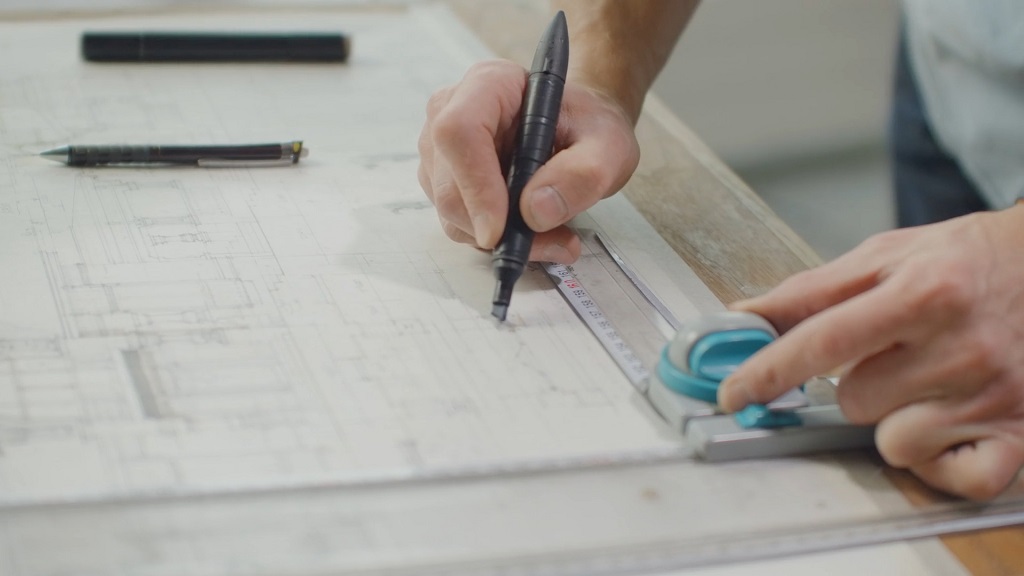
Before you think about floor plans or materials, you need to make sure the land is suitable for building, especially if your goal is sustainability. A good location on paper might still pose serious challenges once you dig deeper.
Consider:
- Flood zones
- Soil stability
- Drainage
- Environmental impact
- Solar orientation
Sustainable building starts with the land. For example, a well-oriented site can reduce HVAC needs, helping you cut both emissions and utility bills.
Sustainable Design
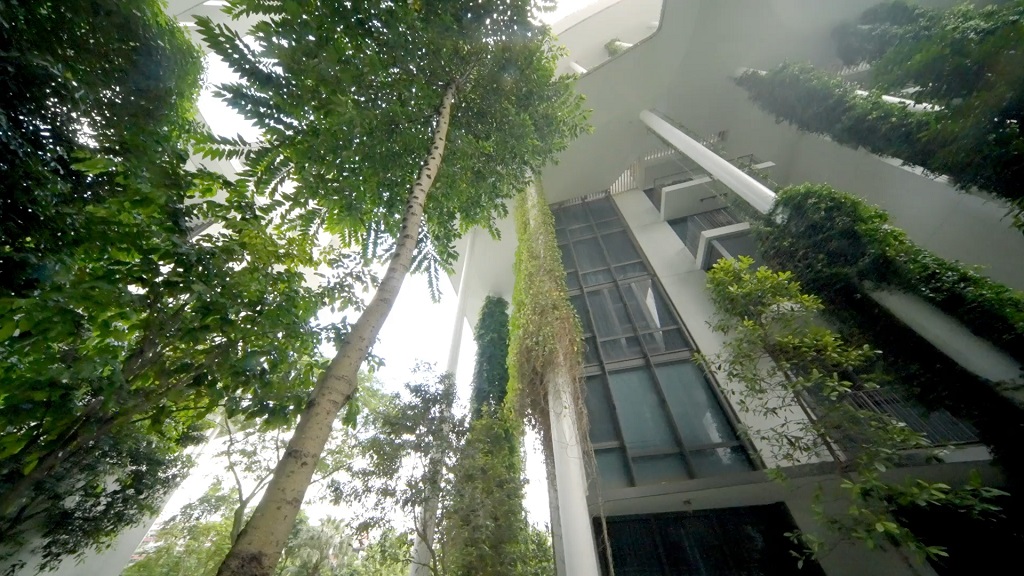
A truly sustainable project starts with thoughtful design – not just what the building looks like, but how it functions every day. Your architect or engineer should be focused on reducing energy use, maximizing natural resources, and planning for long-term efficiency.
- Natural ventilation and lighting
- Energy-efficient windows and insulation
- Green roofs or solar panel compatibility
- Materials with low embodied carbon
- Smart water systems
If they’re not talking about any of this, consider a different design partner. Because a sustainable design not only saves utility costs but is also good for the planet. And you don’t need to sacrifice aesthetics or your wallet for any of it.
Permitting Requirements
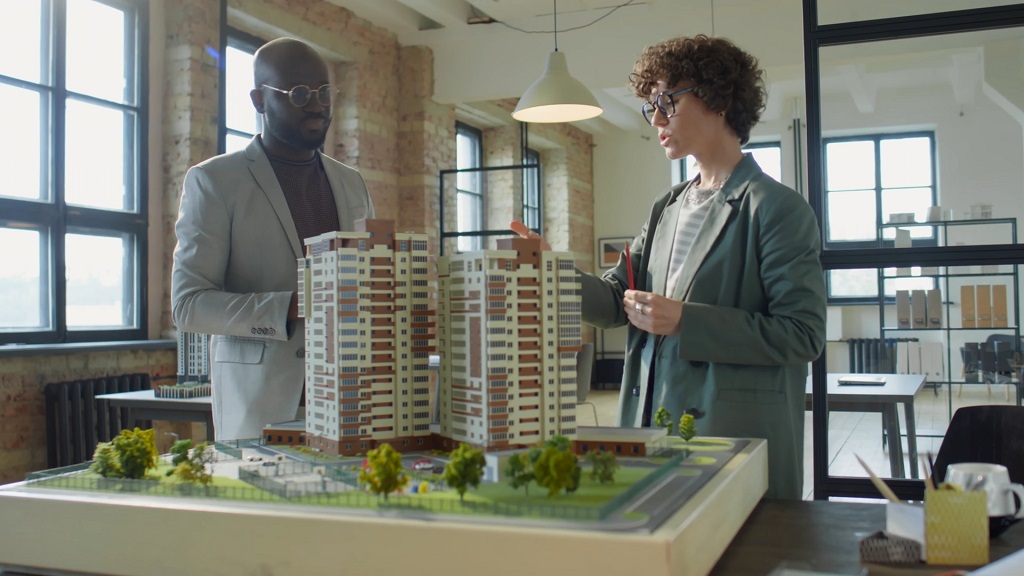
Once your sustainable design is in place, the next step is securing the right permits, and that process is anything but one-size-fits-all. Building codes vary not only by state, but often by county or municipality.
What’s acceptable in one location may be completely out of compliance just a few miles away.
Permits typically cover essential safety and environmental aspects like structural integrity, wind resistance (especially in storm-prone regions), energy efficiency standards, plumbing and electrical codes, and environmental conservation measures.
Most requirements include:
- Wind load and hurricane resistance
- Energy efficiency
- Environmental conservation
- Plumbing and electrical safety
If you’re in Florida, for example, the building code requirements can also differ by county. Building in Charlotte County would require you to connect with permit expediters in Charlotte County, Florida, to avoid any penalties.
Another reason to go for experts is to understand the complex jargon and processes surrounding the permitting practices. They can simplify things for you and your construction project.
Sustainable Materials
Choosing the right materials is one of the most impactful decisions you’ll make in a sustainable construction project. It’s not just about aesthetics or durability – every material you bring onto the site affects the building’s carbon footprint, indoor air quality, long-term maintenance costs, and even its eligibility for green building certifications.
Some eco-friendly options you can consider are:
- Recycled steel
- Reclaimed wood
- Low-VOC (Volatile Organic Compound) paints and finishes
- Bamboo flooring
- ICFs (Insulated Concrete Forms)

Many of these materials are not only environmentally responsible – they also help qualify your project for certifications like LEED, ENERGY STAR, or the WELL Building Standard.
These certifications can boost resale value, attract eco-conscious buyers or tenants, and unlock tax incentives or grants in some regions.
Your permit expeditor or sustainability consultant can help verify which products meet code and which ones contribute toward your certification goals.
Some materials may look green at a glance but fall short under local regulations or have hidden supply chain emissions.
Final Thoughts
Starting a sustainable construction project is about more than meeting building codes or checking a few green boxes – it’s about future-proofing what you create.
Whether you’re building a home, office, or commercial space, every decision from site selection to material choice shapes how your project performs for years to come.
You’ll need more than a contractor – you need a team that understands energy efficiency, environmental impact, and the evolving regulations that now shape every modern build.
A solid plan, the right permits, eco-conscious materials, and smart design all work together to reduce costs, avoid delays, and meet today’s climate and safety expectations head-on.
So, what do you need to know before you build? In simple terms: you need to start early, choose the right partners, and think beyond the basics.
Sustainable construction is no longer just an option – it’s the standard. When you build smarter from day one, you’re not only creating something that lasts, you’re building something that matters.

